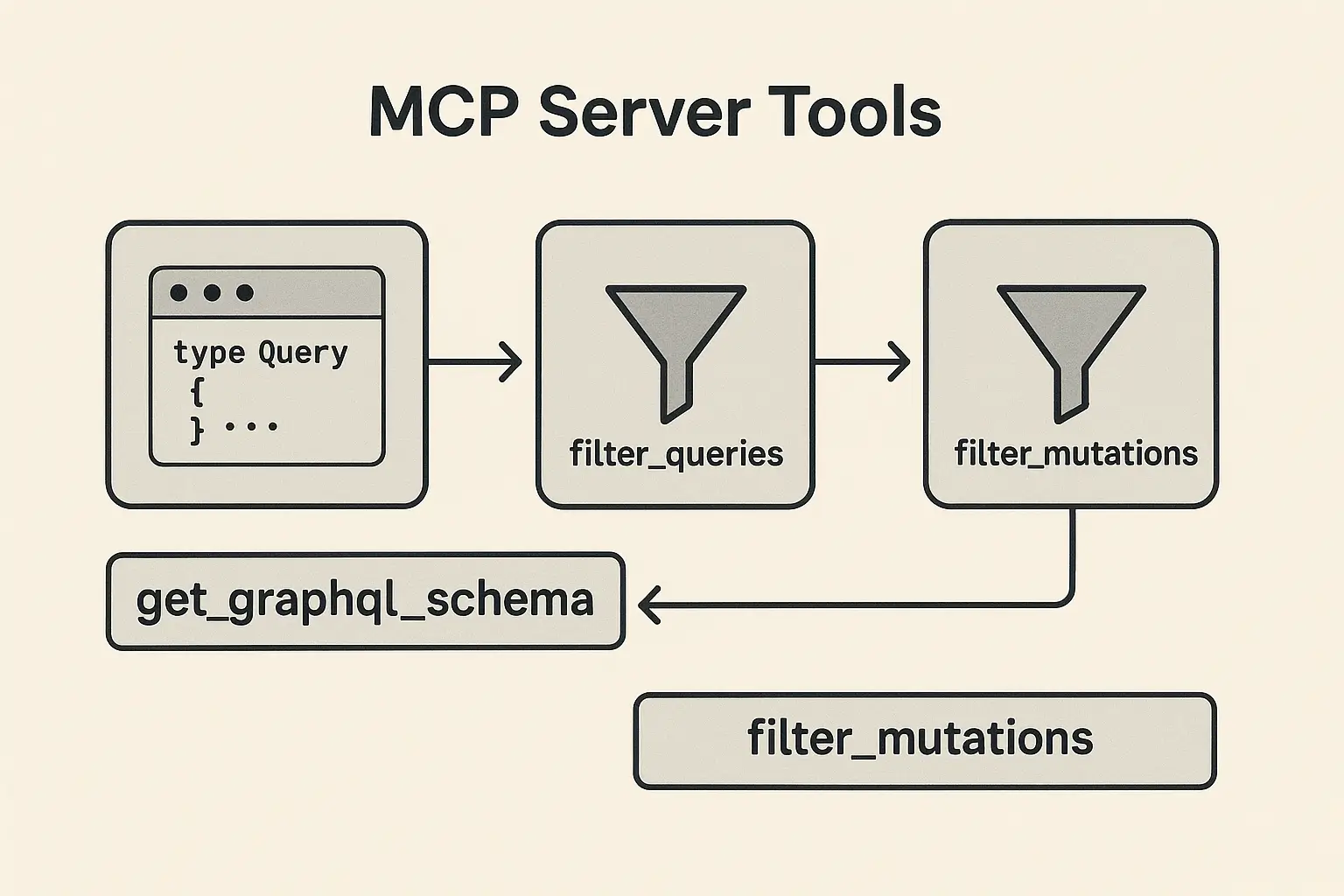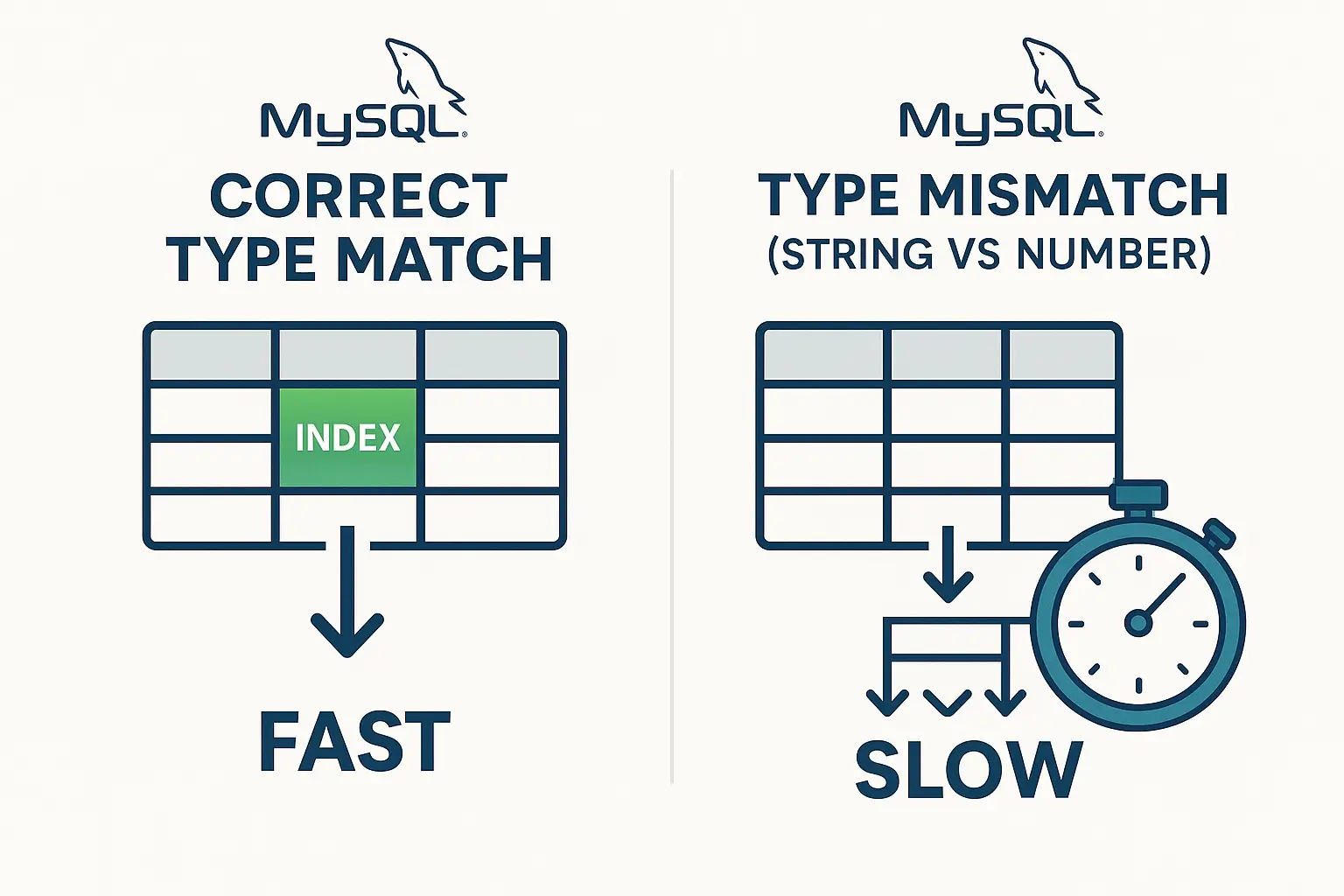Buffer Cache Hit in MySQL: What It Is and Why It Matters
The InnoDB Buffer Pool in MySQL is essentially a cache that stores frequently accessed data (like table rows and index pages) in memory. This reduces the need for disk I/O (which is slower than memory access). A buffer cache hit occurs when MySQL can serve a query directly from this memory pool, avoiding a disk read. Conversely, a cache miss occurs when MySQL has to read data from the disk because it was not found in the buffer pool.
Why Buffer Cache Hit Rate Matters
A high buffer cache hit rate indicates that most of your queries are being served from memory, leading to faster query execution times. A low cache hit rate suggests that MySQL frequently has to access the disk, which can slow down your application.
Key Benefits of High Buffer Cache Hit Rate:
- Faster query execution because fetching data from memory is much faster than from disk.
- Reduced disk I/O, which can improve the overall performance of the server and extend the lifespan of storage devices.
- Better scalability, as more requests can be served efficiently from memory without overwhelming the disk.
Metrics to Monitor for Buffer Cache Hit Rate
In MySQL, you can use the following InnoDB metrics to track the performance of the buffer pool and calculate the cache hit rate:
Innodb_buffer_pool_read_requests: The total number of logical reads from the buffer pool (whether it was a cache hit or miss).Innodb_buffer_pool_reads: The number of physical reads from disk because the data wasn’t in the buffer pool (cache misses).
These metrics help you determine how often MySQL is able to serve data from the buffer pool (memory) vs. when it has to fetch from disk.
Calculating Buffer Cache Hit Rate
You can calculate the Buffer Cache Hit Rate with this formula:
Buffer Cache Hit Rate = 1 - (Innodb_buffer_pool_reads / Innodb_buffer_pool_read_requests)Innodb_buffer_pool_reads: Number of reads that had to go to disk (cache misses).Innodb_buffer_pool_read_requests: Total number of read requests (both cache hits and misses).
Example Calculation
Let’s assume the following values from MySQL:

- Innodb_buffer_pool_reads = 23
- Innodb_buffer_pool_read_requests = 218,646,272,526
Buffer Cache Hit Rate = 1 - (23 / 218,646,272,526) = 0.9999999999 or 99%This means that 99% of the read requests were served from the buffer pool (memory), and only 0.1% required a disk read (cache miss). This is a high cache hit rate, indicating good performance.
How to Check Buffer Pool Stats in MySQL
To get the buffer pool statistics, you can run the following SQL command:
SHOW GLOBAL STATUS LIKE 'Innodb_buffer_pool%';This will output several key values, including:
- Innodb_buffer_pool_read_requests: Total read requests.
- Innodb_buffer_pool_reads: Number of disk reads.
Interpreting Cache Hit Rate for Optimization
High Cache Hit Rate (e.g., > 95%)
- Good Performance: If your cache hit rate is consistently high, it means that the buffer pool size is sufficient for your workload, and most of the frequently accessed data is already cached in memory.
- Action: No immediate action required, but continue monitoring in case of traffic spikes.
Moderate Cache Hit Rate (e.g., 85% – 95%)
- Acceptable Performance: The buffer pool is doing a good job, but some queries still result in disk reads. You may want to check the types of queries that are causing cache misses.
- Action: Consider tuning queries, improving indexes, or adjusting buffer pool size if needed.
Low Cache Hit Rate (e.g., < 85%)
- Poor Performance: A low cache hit rate means that many requests are going to disk, which can slow down your application significantly.
- Action:
- Increase Buffer Pool Size: If you have enough RAM available on your server, increasing the buffer pool size will help MySQL cache more data in memory.
- Optimize Queries: Ensure that your queries are efficient and are making proper use of indexes.
- Cache Results: Implement application-level caching (e.g., Redis) for expensive queries that are frequently run.
How to Adjust Buffer Pool Size
The InnoDB Buffer Pool is a configurable setting in MySQL, and you can increase its size to improve cache hit rates.
To increase the buffer pool size, add or modify the following line in your MySQL configuration file (my.cnf or my.ini):
innodb_buffer_pool_size = 2G # Example: Set to 2GB- The ideal size depends on your system’s available RAM and the size of your dataset. A good rule of thumb is to allocate 60-80% of your total system memory to the buffer pool, but ensure there’s enough RAM left for the OS and other processes.
After modifying the configuration file, restart MySQL for the changes to take effect.
Monitoring and Tuning Over Time
You should regularly monitor the buffer pool metrics as part of your database maintenance. Here’s how:
- Monitor Buffer Pool Usage: Track how much of the buffer pool is being used with this query:
SHOW ENGINE INNODB STATUS;- Log Cache Hit Rate: Log the values of
Innodb_buffer_pool_readsandInnodb_buffer_pool_read_requestsover time and track trends. - Test Changes: If you adjust the buffer pool size or query performance, monitor the cache hit rate after making changes to ensure improvement.
Other Optimization Tips
- Optimize Queries:
- Ensure your queries are making effective use of indexes to minimize the amount of data MySQL needs to load into the buffer pool.
- Use
EXPLAINto analyze slow queries and optimize them.
- Use Proper Indexing:
- Make sure that frequently queried columns are indexed. This reduces the number of rows MySQL has to scan, improving performance.
- Use Caching Systems:
- If you have queries that are expensive to run but return similar results often (e.g., reports or aggregated data), consider using an external cache like Redis or Memcached.
Summary: How to Make Buffer Cache Optimization Decisions
- Monitor Cache Hit Rate: Use
Innodb_buffer_pool_read_requestsandInnodb_buffer_pool_readsto calculate the cache hit rate and evaluate the efficiency of the buffer pool. - Increase Buffer Pool Size: If your cache hit rate is low and your server has available RAM, increase the buffer pool size to allow more data to be cached in memory.
- Tune Queries and Indexes: If increasing the buffer pool size isn’t an option, optimize queries and indexes to reduce the load on the buffer pool.
By regularly monitoring the cache hit rate and making adjustments based on your system’s performance, you can improve query speeds, reduce disk I/O, and scale your MySQL database more effectively.





